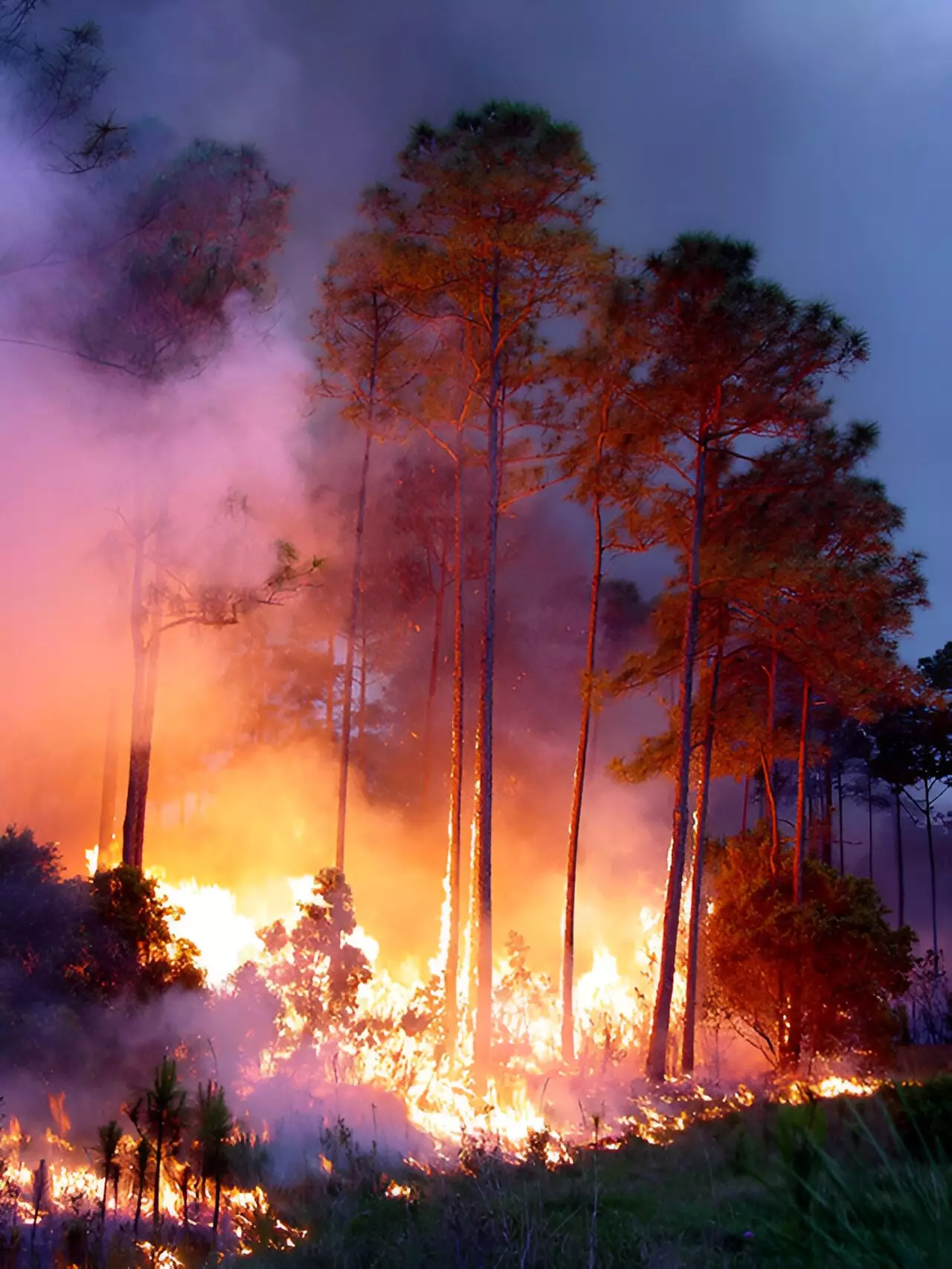A recent study conducted by UC Riverside delves into the effects of soot from large wildfires in California on trapping sunlight and altering weather patterns, ultimately making days warmer and drier than expected. While many studies focus on the influence of climate change on wildfires, this particular research shifts the focus to how wildfires themselves are impacting the climate.
Lead study author and UCR doctoral candidate James Gomez analyzed peak fire days from the past 20 years and emissions from each fire season to understand the relationship between wildfires and weather patterns. Specifically, Gomez looked at fire days that occurred during cooler temperatures and higher humidity to isolate the effects of fires from general fire weather conditions.
The study, published in the journal Atmospheric Chemistry and Physics, revealed that large wildfires contribute to increased heat and aridity on the days they burn. This elevated temperature and dryness create conditions that are conducive to further fires, essentially creating a cycle of fire-fueling weather. The most severe fires were observed in Northern California, where dense vegetation provides ample fuel for wildfires.
One of the primary reasons for the increased heat during wildfires is the presence of soot, which absorbs sunlight and traps heat in the atmosphere. Additionally, the heat generated by the fires reduces humidity, making it challenging for clouds to form and cool the environment. This phenomenon results in temperatures that are approximately 1 degree Celsius higher per day during wildfire events.
Aerosols and Climate Change
The study distinguishes between two types of aerosols: reflective and absorptive. While sulfate aerosols from fossil fuel burning have a cooling effect on the environment by reflecting sunlight, the removal of these particles can exacerbate climate change and lead to a rise in wildfires, especially in northern hemisphere forests. Conversely, absorbing aerosols like black carbon emitted from wildfires trap light and heat, contributing to higher temperatures and reduced cloud formation.
The hydrophobic nature of black carbon emitted from California wildfires prevents the formation of clouds, resulting in decreased precipitation. This lack of cloud cover and rainfall poses a significant problem for states prone to drought. While some research suggests a link between fires and brighter, more abundant clouds, this study did not find such associations, highlighting the detrimental impact of absorbing aerosols on weather patterns.
Recommendations for Mitigation
Gomez emphasizes the importance of reducing CO2 emissions and implementing better land management practices to mitigate the impact of large wildfires. By allowing more frequent small fires through forest management and prescribed burns, the accumulation of fuel for large fires can be reduced, ultimately decreasing the likelihood of catastrophic wildfires.
The study sheds light on the interconnected relationship between wildfires and climate change, underscoring the need for proactive measures to address the growing threat of large wildfires in California and other wildfire-prone regions. By understanding the impact of wildfires on weather patterns, researchers and policymakers can work towards sustainable solutions to protect communities and ecosystems from the devastating effects of these natural disasters.


Leave a Reply